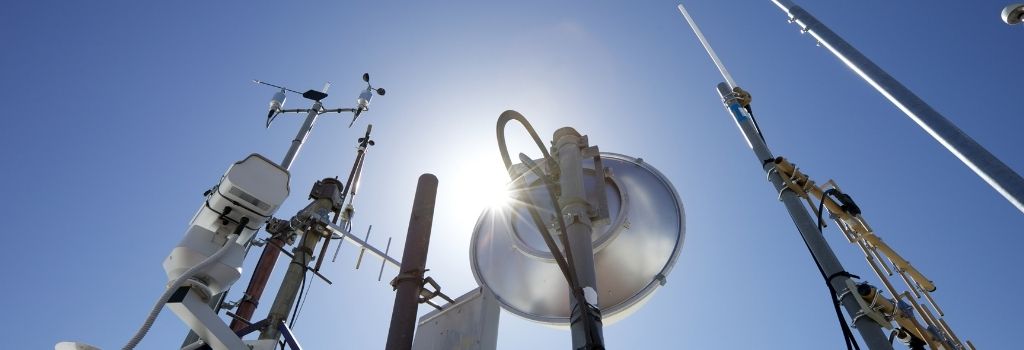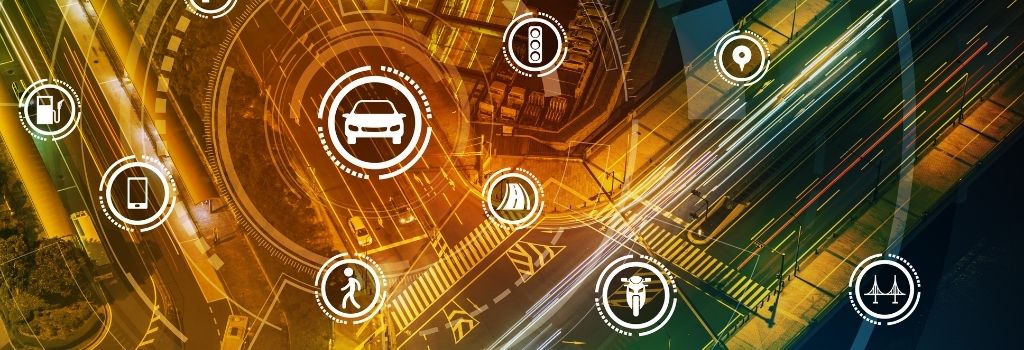- 세부
- 카테고리: Network Computing
Educators around the world have been rushing to implement contingency plans for remote learning in order to maintain educational continuity since late 2019. While it does appear that school closures could be extended for many through the end of the 2021 and even into the 2022 school years, providing safe, filtered devices and a safe, secure remote learning environment for students are more important than ever.
더 읽기: SASE Appliance And Deployment-ready CPE For Cloud-based Web Monitoring And Filtering
- 세부
- 카테고리: Telecommunication
The importance of speedy and reliable connectivity has never been more apparent than during the global pandemic. Nonetheless, modern network technologies also hold the key to global recovery. As countries slowly emerge from the pandemic, industries will seek to accelerate their efforts to automate, digitize, and enhance their capabilities, making it a critical time for communication service providers (CSPs) to deliver on the immense potential and power of 5G.
더 읽기: Delivering 5G Low-Latency Applications at the Edge with Scalable MEC Platforms
- 세부
- 카테고리: Intelligent Systems
The growing consequences of accelerating climate change have been visible across the world with wildfires, floods, severe heatwaves, and even tropical cyclones in recent years. Climate change presents many challenges to society, as extreme weather events and pollution increases disease infection, while frequent wildfires and droughts threatens livelihoods. Data from an automated weather station (AWS) can be used to detect climate change trends and input into models to predict future changes in our environment.
더 읽기: Rugged Edge Computing Gateway Enhances Automatic Weather Station Networks
- 세부
- 카테고리: SD-WAN
Software-defined WAN solutions can bring unparalleled agility and cost savings to networking, which has been the primary fuel for the rapid growth of SD-WAN in recent years. Organizations, from enterprises, small-medium businesses to cloud and managed services providers, can deliver more responsive, more predictable applications at lower costs in less time than the traditionally used legacy equipment.
더 읽기: Enabling High-Availability, Secure, and Managed SD-WAN Solutions
- 세부
- 카테고리: SD-WAN
Organizations are increasingly embracing cloud computing to support new applications, keeping pace with ever-increasing quantities of data, and fluctuating customer demands. Software Defined Wide Area Networks (SD-WANs), as a hardware appliance, was a necessary first step as it supported the transition from legacy systems, and could handle the workloads and complexities of multi-cloud distribution.
더 읽기: The SD-WAN uCPE Ensures 24/7/365 Non-stop Multi-cloud Network Operation
- 세부
- 카테고리: Transportation
Recent technological advancements in machine learning, artificial intelligence, and computer vision have enabled manufacturers to greatly increase self-driving capability in vehicles. The major benefits of autonomous vehicles include lowering fuel consumption, reducing CO2 emission, and decreasing congestion. Major automaker companies, technology giants, and specialist start-ups have continued to invest and develop autonomous vehicles, and have even begun testing their driverless cars in many regions in the US and EU.
더 읽기: AI-powered Edge Computing Platforms Enable Autonomous Driving
- 세부
- 카테고리: Transportation
As we transform into the digital smart city era, Intelligent Transport System (ITS) becomes an indispensable component. ITS technologies help cities manage traffic flow, idle vehicle time, congestion relief, and lower emission from reduction of idling and sitting in traffic. Many cities have implemented some upgrades including wireless networks, connected streetlights, surveillance cameras, to improve their existing infrastructures and further enhance capabilities and efficiency.
더 읽기: Rugged 5G Outdoor Gateway Enhances Intelligent Transportation System Connectivity












